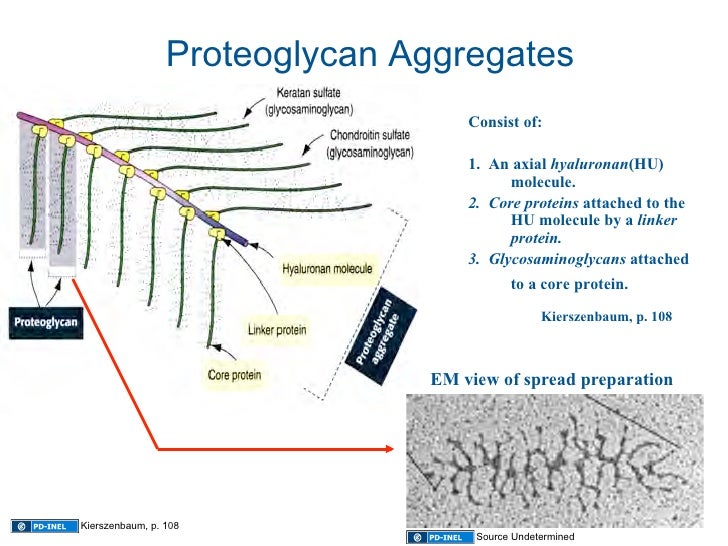

The epithelium is situated on a bed of extracellular matrix (ECM), which provides structural support for the lumen and the epithelium ( Hendow et al., 2016). This structure functions to separate the internal contents of the lumen from the surrounding tissues and organs, while allowing selective permeation and transport across the epithelium. This lumen is lined with a set of barrier-forming cells, called an epithelium (or endothelium in the case of vasculature). This opening, called the lumen, is where transport and containment of the specific medium for a particular tubular tissue occurs. Generally, these tissues are constructed in a lamellar manner, with sequential layers of tissue surrounding an internal opening. Tubular tissues have many unifying structural characteristics despite their various functions.

Here, we review the construction of tissue engineered systems for generating tubular models. The methods used to manufacture these tissue engineered systems play a major role in their resultant function. Many of these models utilize tissue engineering principles to recreate the function of these systems on the benchtop without requiring use of animal models ( Bitar and Raghavan, 2012 Seifu et al., 2013 Law et al., 2016). As such, significant focus has been placed on the generation of models of tubular systems for studies in disease, basic science, and drug discovery/efficacy. As may be expected given the broad assortment of functions associated with tubular tissues, these structures are susceptible to a variety of diseases and traumas. These tissues, including vasculature, the intestines, the trachea, and many others, serve various roles in the body, ranging from absorption of nutrients to transport of oxygen. Finally, we conclude with a discussion of the future for these fields.įunction of the human body is dependent on tubular tissues and tissue structures. We discuss state-of-the-art models within the context of vascular, intestinal, and tracheal tissue engineering. We categorize methods for manufacturing tubular scaffolds as follows: casting, electrospinning, rolling, 3D printing, and decellularization.
PROTEIN SCAFFOLD TRACHEA SERIES
We provide an overview of the general structure and anatomy for these tissue systems along with a series of general design criteria for tubular tissue engineering. In this review, we discuss some of the most common tissue engineered applications within the context of tubular tissues and the methods by which these structures can be produced. As such, the field has converged on a series of manufacturing techniques for producing these structures. Production of tubular scaffolds for different tissue engineering applications possesses many commonalities, such as the necessity for producing an intact tubular opening and for formation of semi-permeable epithelia or endothelia. As the field of tissue engineering has developed, numerous benchtop models have been produced as platforms for basic science and drug testing. Many of these hollow or tubular systems, such as vasculature, the intestines, and the trachea, are common targets for tissue engineering, given their relevance to numerous diseases and body functions. Hollow organs and tissue systems drive various functions in the body.


 0 kommentar(er)
0 kommentar(er)
